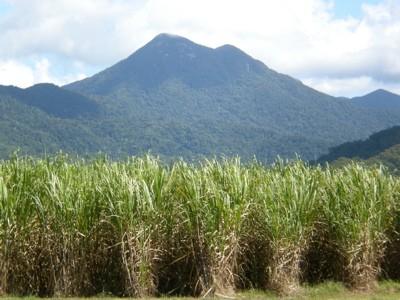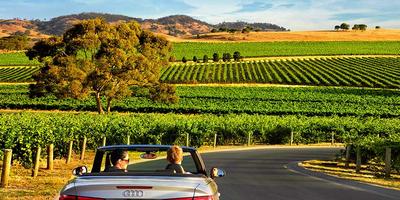How to Find a Bull: Buying Checklist - 10 Things You Must Consider
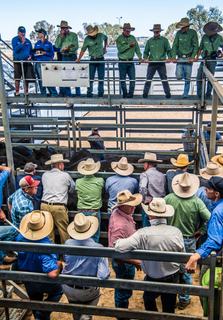

10 Things to Consider When Buying a Bull
A single bull can sire over 100 calves in his lifetime, making his genetics the single biggest driver of your herd's future profitability. It is fundamental that this decision is made right. Investing in quality stud stock is not simply just a purchase; you're shaping the genetic trajectory of your entire breeding programme for years to come. The complexity of modern bull selection, from deciphering genetic data to assessing physical attributes, can overwhelm even experienced cattle producers. That's why having a systematic approach is crucial.
This comprehensive 10-point checklist removes the guesswork from bull selection, helping you balance budget constraints with quality genetics whilst reducing the risk of costly mistakes. Whether you're sourcing through Farmbuy's extensive livestock sales and auctions or through other means, this guide provides the roadmap to making confident and informed decisions that will enhance your herd's profitability and genetic merit for generations.
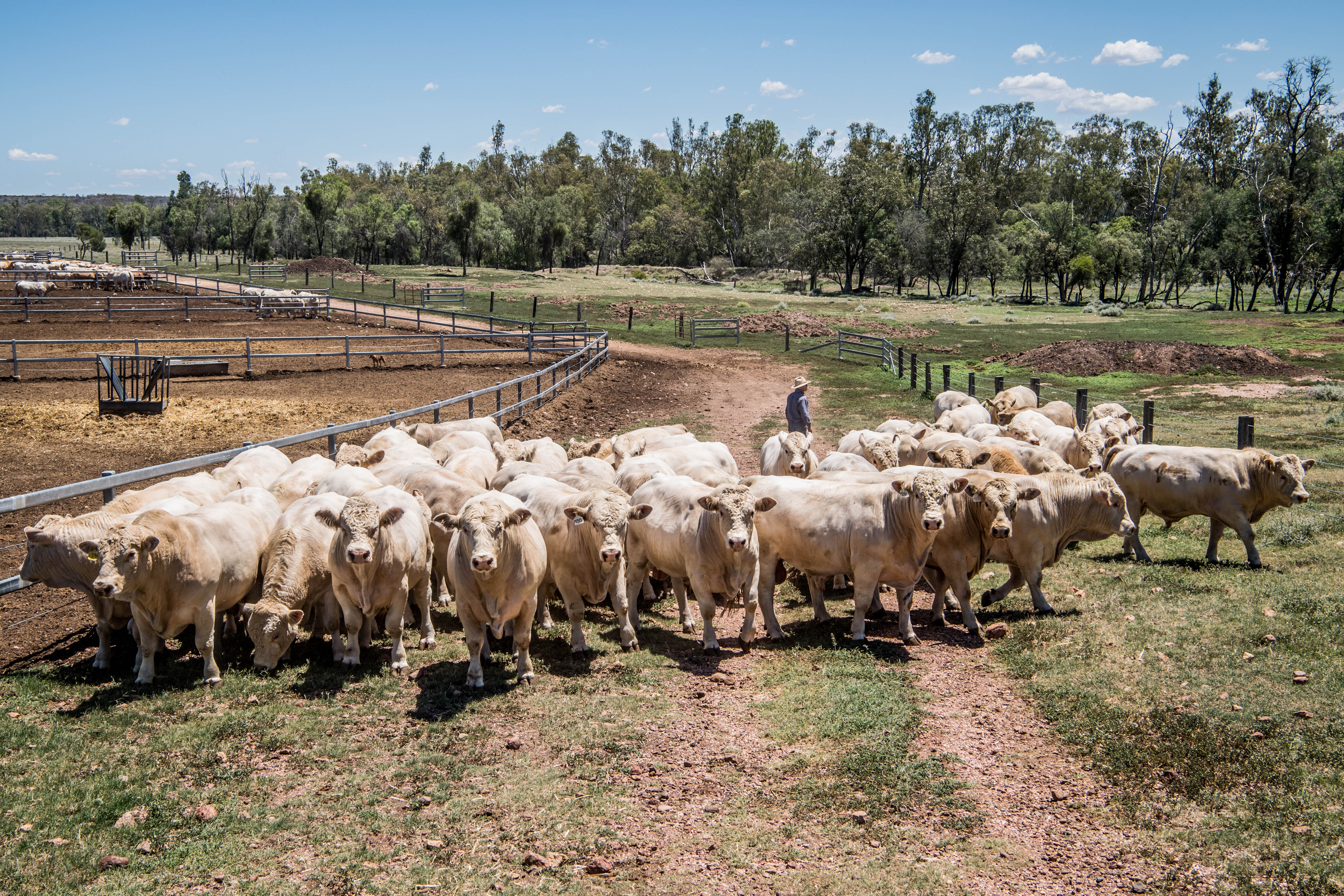
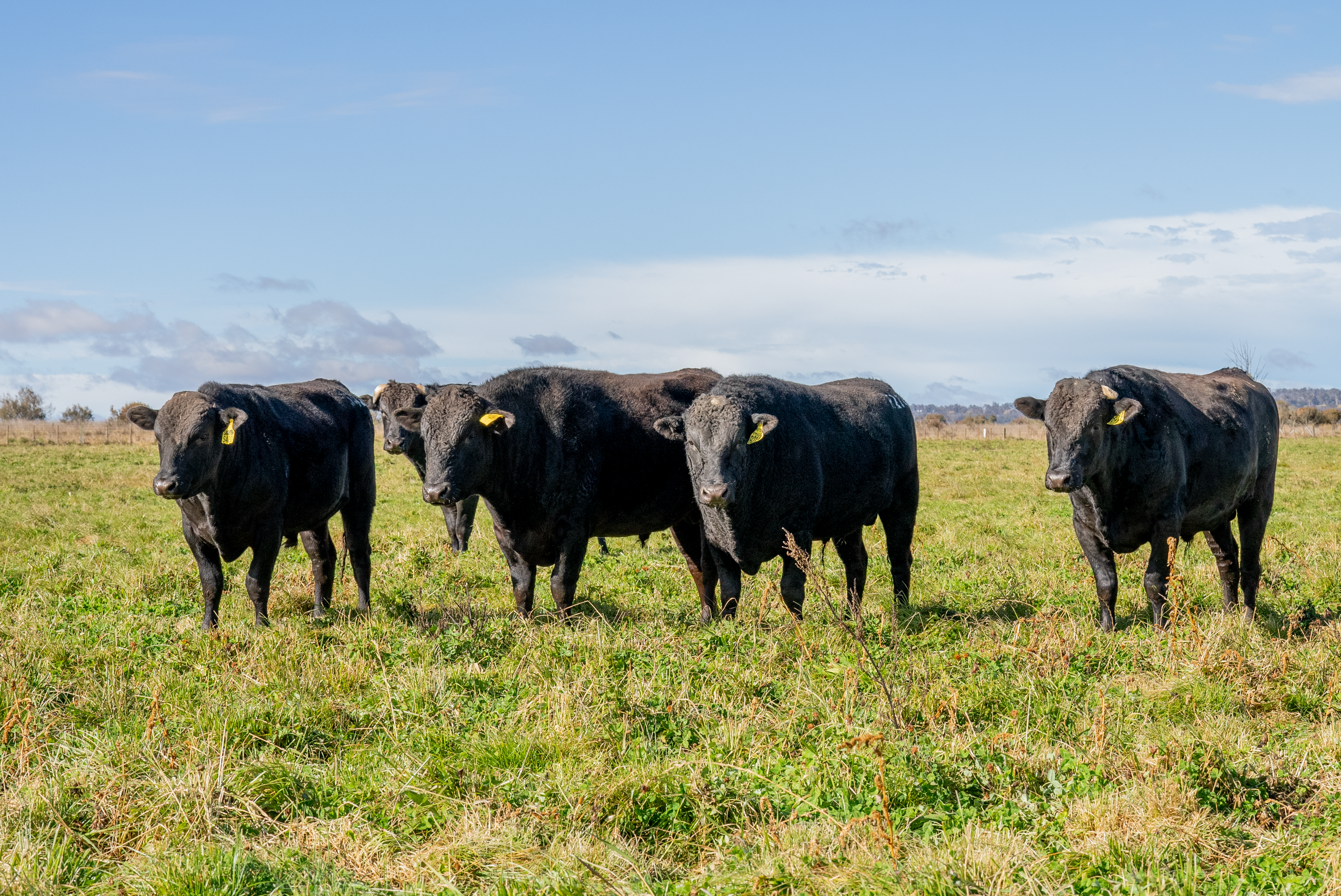
1. Define Your Breeding Objectives First
Before browsing any sales catalogue or visiting Farmbuy's livestock listings, successful bull selection begins with a crystal-clear understanding of your herd's current position and future direction.
- Start by conducting an honest assessment of your existing cattle - identify specific weaknesses such as low weaning weights, calving difficulties, or poor carcass conformation that need addressing.
- Also consider your target market carefully - whether you're selling weaners at six months, yearlings for the feedlot sector, or producing finished cattle for premium markets will dramatically influence your selection criteria.
- Next, set measurable goals that align with your business model - perhaps you need to improve growth rates by 10%, enhance marbling scores for better grid premiums, or strengthen maternal traits like milking ability and calving ease.
Remember that the "best" bull in any catalogue is only truly superior if his genetic profile matches your specific objectives. A high-growth terminal sire won't help if you're building replacement heifers, just as an exceptional maternal bull won't maximise returns in a straight finishing operation.
2. How to Decode EBVs and Genetic Data
Estimated Breeding Values (EBVs) represent the genetic potential an animal will pass to its offspring. This metric provides objective predictions that go far beyond what physical appearance alone can tell you.
When evaluating bulls, focus on the EBVs most relevant to your breeding objectives:
- Calving Ease Direct for first-calf heifers
- Birth Weight for managing dystocia risk
- 200/400/600 Day Weights for growth trajectory
- Scrotal Size as an indicator of daughter fertility
- Carcass traits like Eye Muscle Area and Intramuscular Fat for market premiums.
Pay attention to accuracy percentages accompanying each EBV. Higher accuracy means more reliable predictions, with anything above 60% considered reasonably dependable.
The integration of genomics has revolutionised young bull selection through Genomic EBVs (GEBVs), which use DNA markers to boost accuracy levels even in animals without progeny records. BREEDPLAN, the comprehensive genetic evaluation system used across British and European breeds in the UK and globally, provides standardised comparisons across different herds and environments. This system ensures that the data you're reviewing on platforms like Farmbuy reflects genuine genetic merit rather than just superior management or feeding.
3. Assess Physical Soundness and Structure
Even the most impressive genetic profile becomes worthless if a bull cannot physically perform his duties season after season. To preserve longevity and return on investment, structural soundness assessments are absolutely critical.
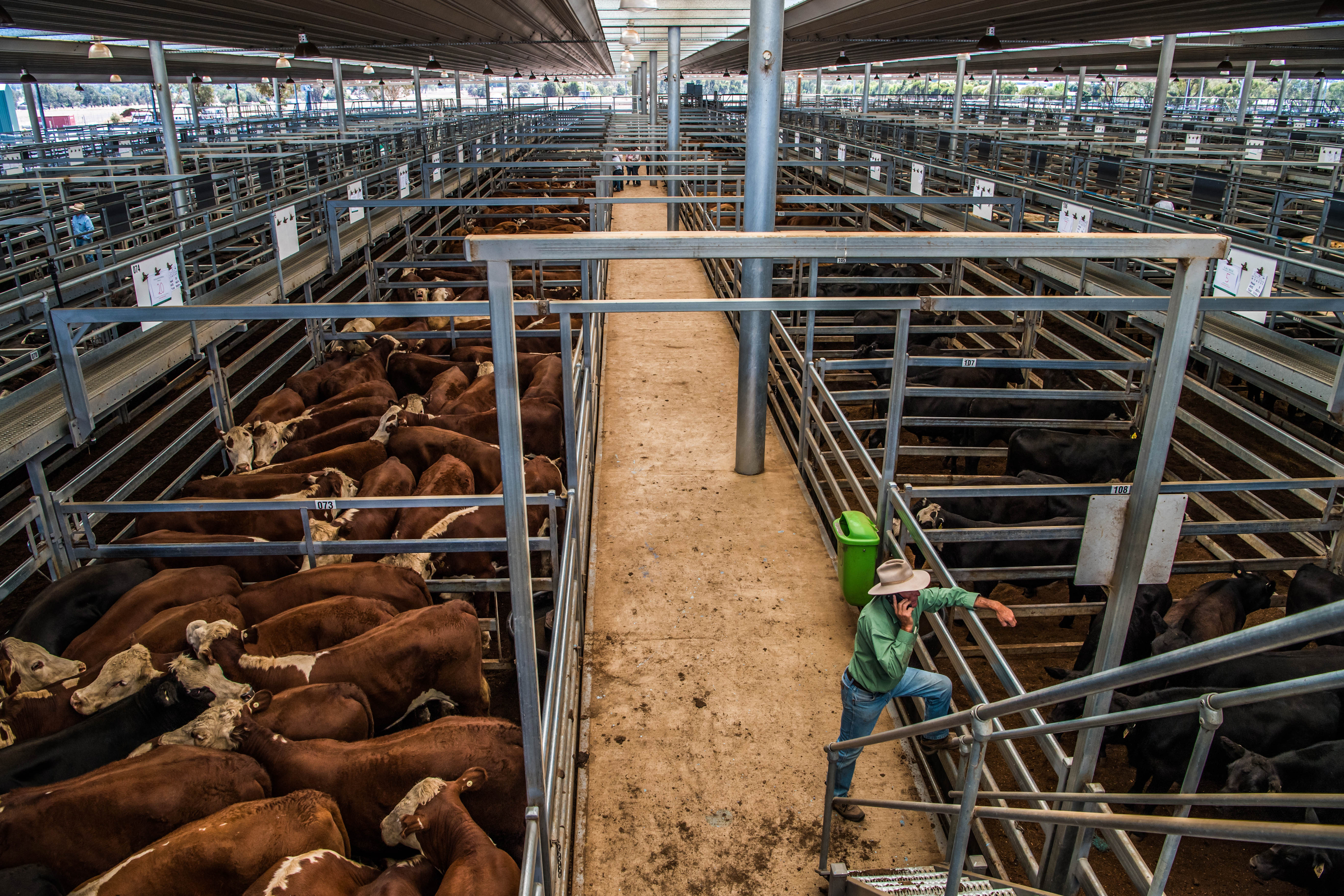
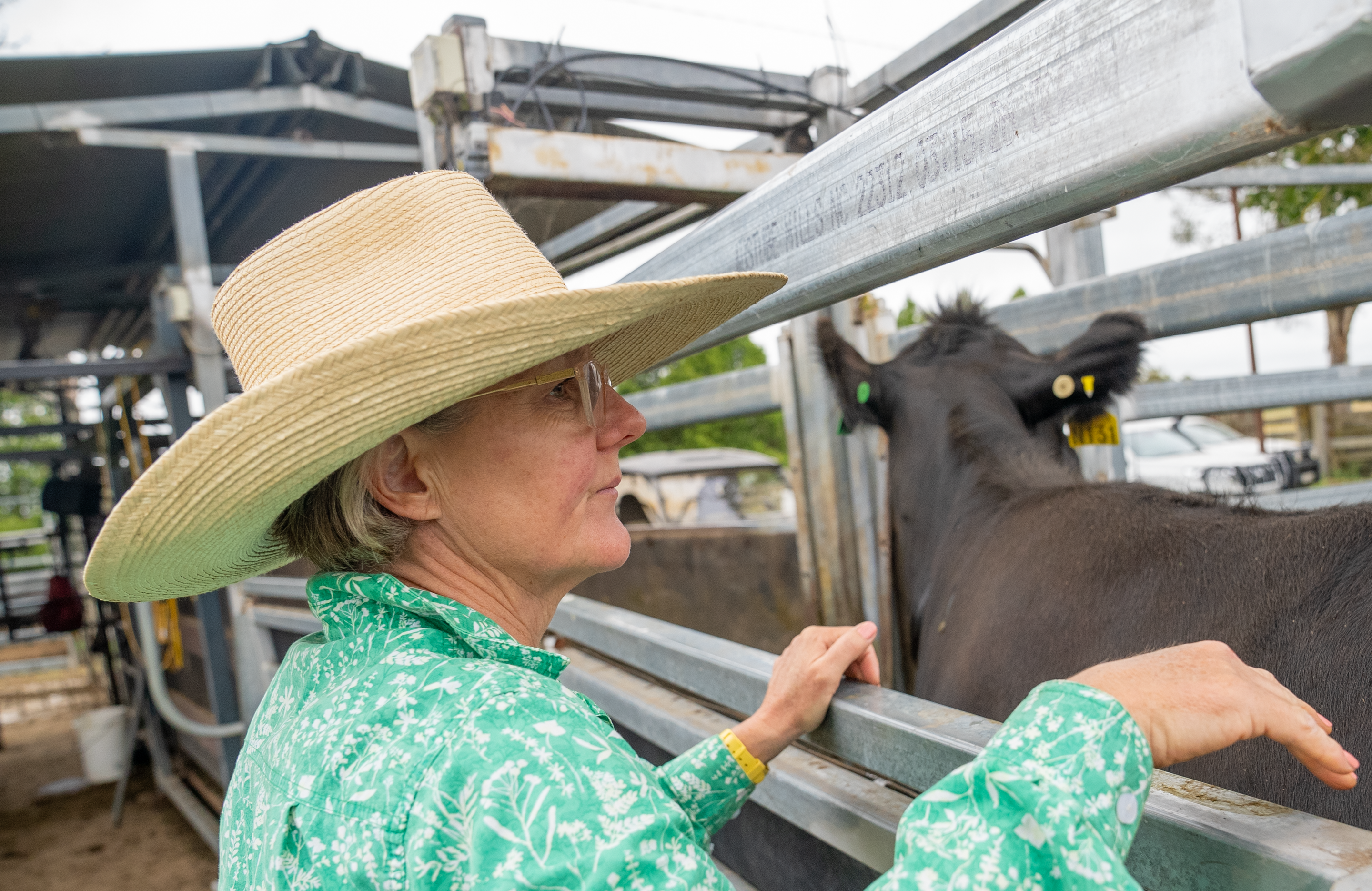
Begin your inspection from the ground up:
- Examine feet for correct heel depth, appropriate toe length, and proper claw shape – a bull with poor feet won't last beyond a few seasons regardless of his breeding values.
- Observe legs for correct angles at the hock and knee joints - make sure he moves freely without stiffness or lameness when walking naturally rather than being driven.
- Check for a strong and level topline from shoulders to rump, well-sprung ribs indicating good capacity, and adequate muscling without excessive fat cover that might impede mobility.
- Testicle development deserves particular attention - look for even-sized, firm, well-developed testicles with appropriate size for age (minimum 32cm scrotal circumference at 15 months), checking for any abnormalities, lumps, or signs of injury that could compromise fertility.
- Watch the bull walk and turn naturally to assess his gait - look for fluid movement and the ability to mount without difficulty.
4. Why Temperament is a Non-Negotiable Trait
Temperament directly impacts not only handler safety and management efficiency but also influences meat quality, reproductive performance, and the overall profitability of your operation. A poor-tempered bull poses genuine danger to farm workers and family members, whilst also passing aggressive genetics to his progeny, potentially making your entire calf crop more difficult to handle, treat, and transport.
Research consistently demonstrates the clear benefits of cattle with calmer temperaments in key areas. They gain weight more efficiently, produce more tender beef due to lower stress hormones, and show better reproductive performance in both bulls and resulting daughters.
When assessing temperament, observe how the bull responds to human presence in the yards. Note whether he remains alert but calm or shows signs of agitation, excessive flight response, or aggressive behaviour.
Many progressive studs now include temperament scores in their sale catalogues, with docility EBVs becoming increasingly available through BREEDPLAN. However, don't rely solely on sale day behaviour, as the stress and unfamiliar environment can mask both positive and negative traits. For additional due diligence, ask vendors specific questions about daily handling, and where possible, visit the stud property before sale day to observe bulls in their normal environment.
5. Verify Bull Health and Fertility Records
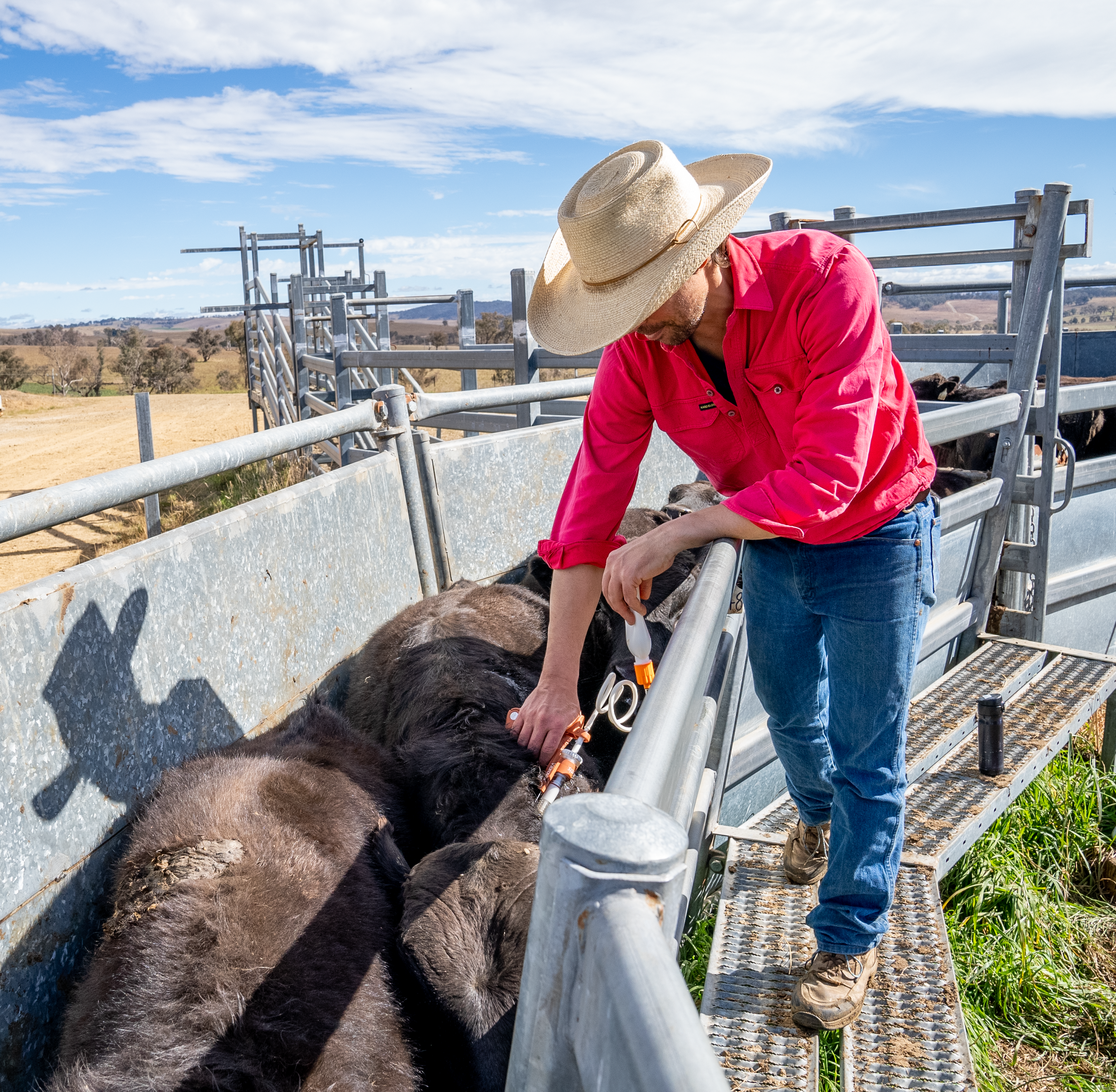
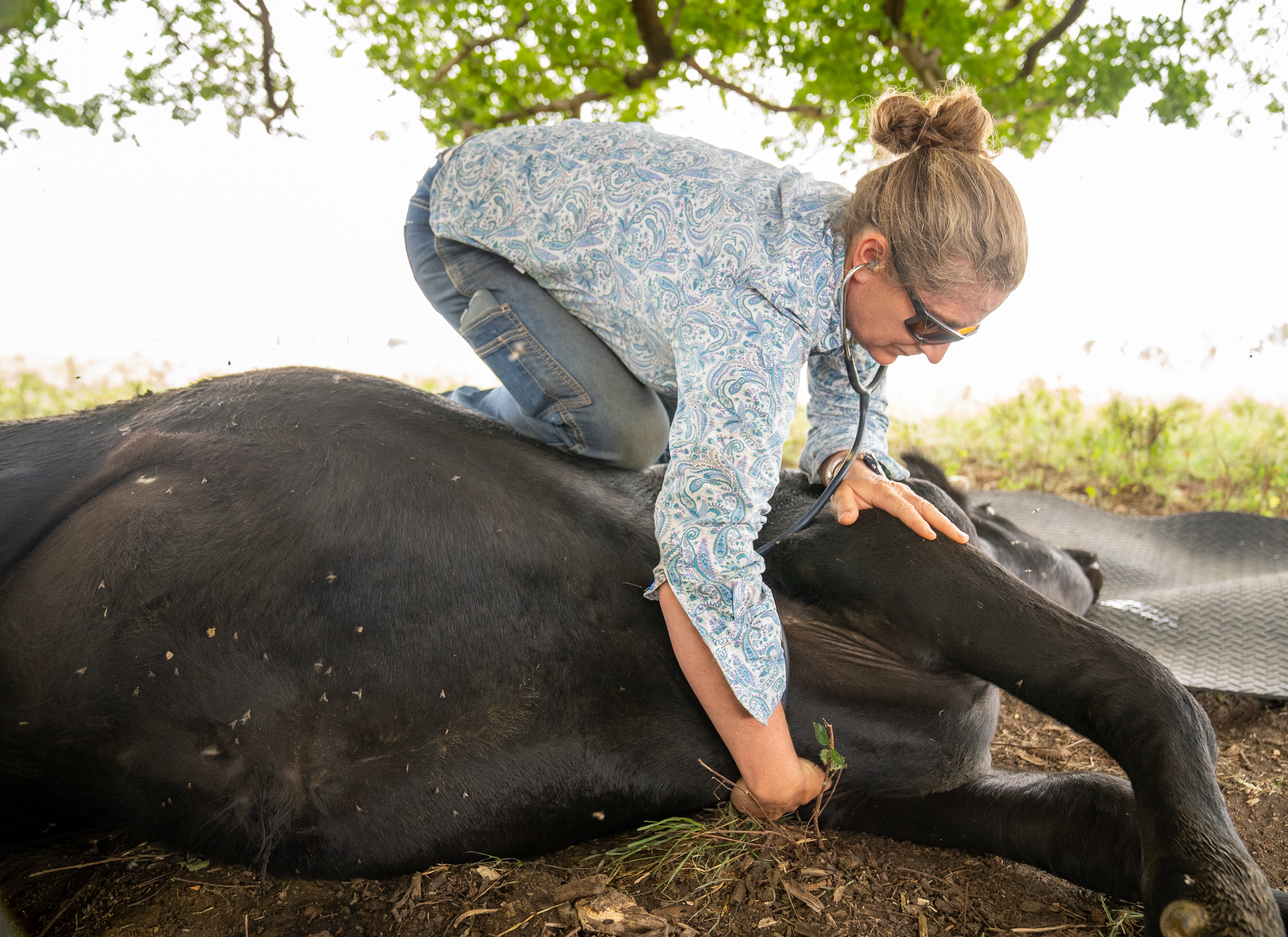
There are comprehensive health and fertility verification measures that protect your investment and safeguards your existing herd from disease introduction and breeding failures:
- Avoid relying on visual assessment alone and always insist on a current Veterinary Bull Breeding Soundness Evaluation (VBBSE) - includes physical examination, scrotal measurement, and detailed semen assessment for motility, morphology, and concentration. With this document, you will be provided with scientific confirmation that the bull can successfully breed.
- Review vaccination records carefully - protect against critical diseases like vibriosis, leptospirosis, pestivirus, and bovine viral diarrhoea that can devastate reproductive performance and calf survival rates.
- Check for current parasite control programmes - such as treatments for internal parasites, liver fluke where relevant, and external parasites like lice and ticks that can impact condition and performance.
- Request any additional health declarations specific to your region or market requirements - such as Johne's disease status, tuberculosis testing in relevant areas, or specific export protocol compliance if you're targeting international markets.
When purchasing through Farmbuy or any other platform, reputable vendors will readily provide this documentation. Any reluctance to share health records should raise immediate red flags about the purchase.
6. Match the Bull to Your Local Environment
Selecting a bull genetically suited to your specific climate, terrain, and production environment ensures optimal performance, reduced management inputs, and improved animal welfare outcomes throughout his working life.
In regions with high rainfall and lush pastures like coastal New South Wales or South Gippsland in Victoria, prioritise bulls from bloodlines proven in similar conditions. Meanwhile, producers in areas such as Southern Tablelands or Tasmania’s high country might need genetics adapted to harsh winters and extensive grazing systems.
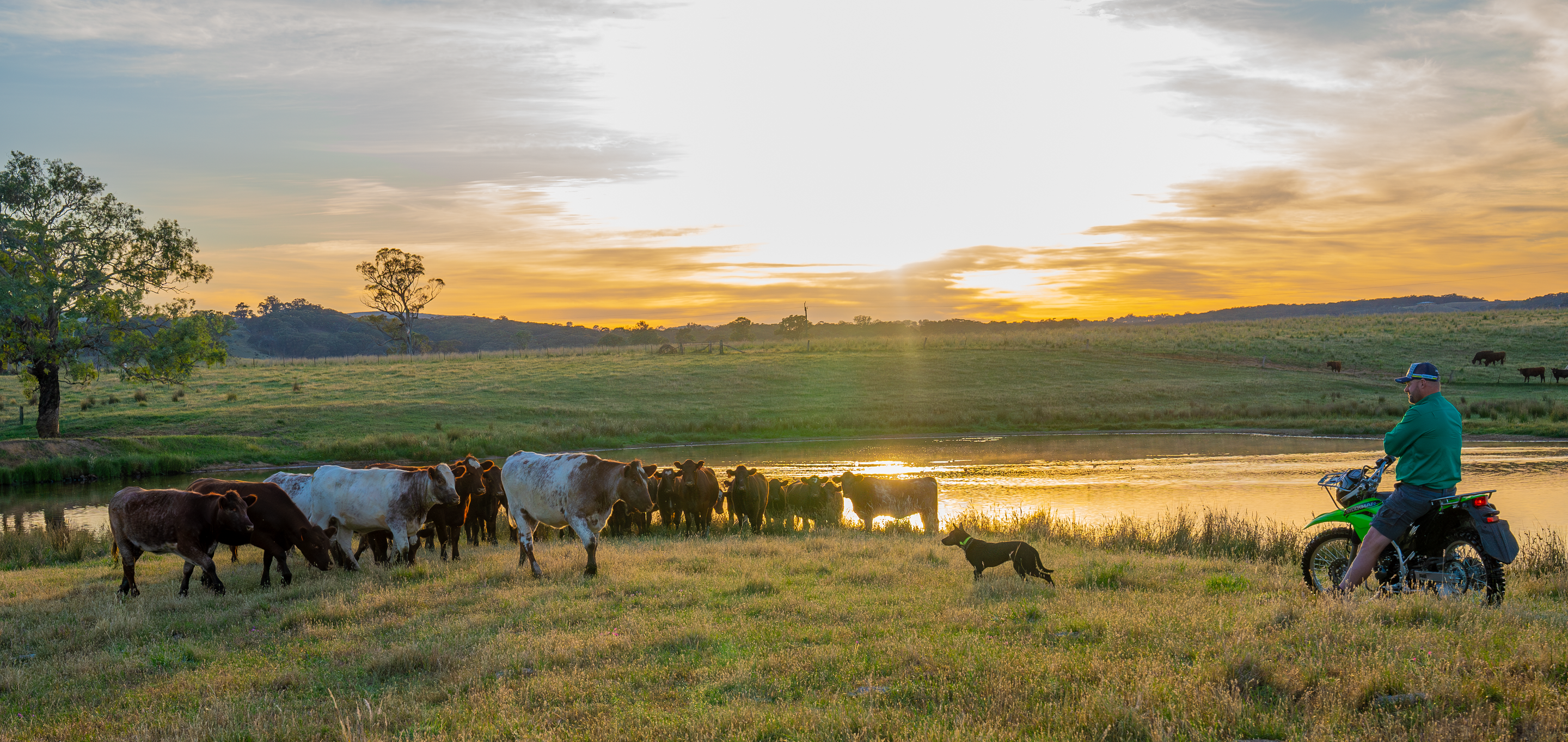
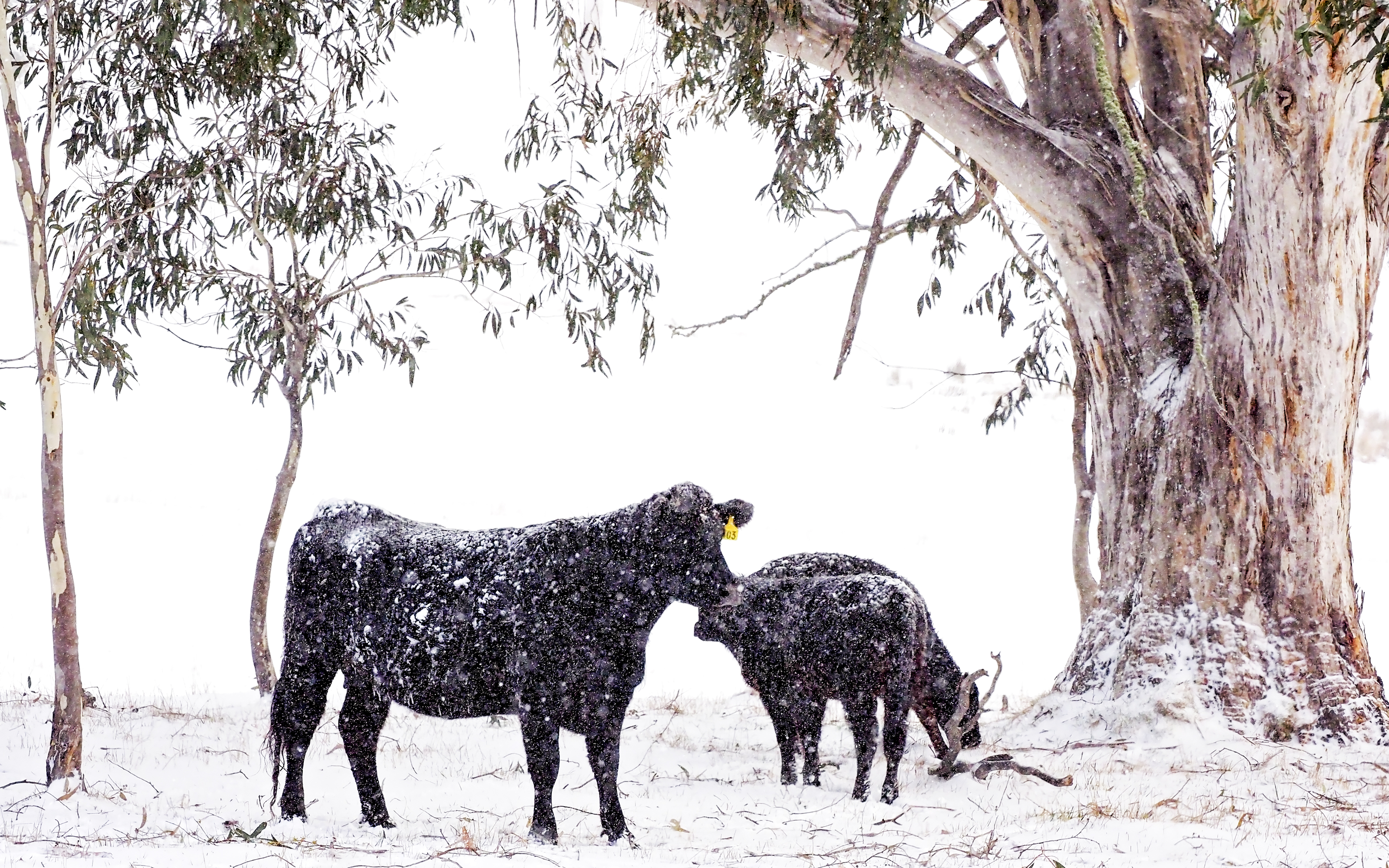
Consider breed characteristics carefully. Bos Indicus influence provides heat tolerance and parasite resistance crucial for warmer regions but may reduce performance in temperate climates where British and Continental breeds excel. Coat type matters more than many realise. Short and sleek coats suit warmer areas, whilst longer and thicker coats provide essential insulation in cold climates. Colour is a factor that can influence heat stress, with lighter colours reflecting more solar radiation. Evaluate sheath design in relevant breeds, as excessive sheath development increases injury risk in rough terrain and can harbour infections in humid conditions.
Research the home environment of potential purchases, seeking bulls raised in similar conditions to your property rather than those pampered in vastly different management systems. This will ensure they're already adapted to thrive in your specific situation.
7. Choosing a Reputable Stud Farm or Agent
The integrity and expertise of your bull supplier significantly influence not just the immediate purchase quality but also the long-term support and genetic advice crucial for breeding programme success. Their credibility can be determined by looking for key signs:
- Established stud farms with clear, documented breeding philosophies and multi-generational performance records provide confidence that genetic claims are backed by genuine achievement and not mere marketing rhetoric.
- When evaluating a stud property, look for transparency in record-keeping, willingness to share both successes and challenges, and evidence of continuous genetic improvement through performance recording and strategic sire selection.
- Reputable vendors offer comprehensive after-sales support, including breeding advice, problem-solving assistance, and sometimes even bull replacement guarantees if fertility issues arise within specified timeframes.
- Professional agents, whether independent consultants or those representing major agricultural companies, should provide objective advice based on your specific needs rather than pushing particular bloodlines or price points.
- Visit the stud farm before sale day whenever possible. This will allow you to see bulls in their working environment, assess the overall herd quality, examine cow families, and build relationships. Vendors can become valuable long-term partners in your breeding programme.
8. Set a Realistic Budget for Quality Stud Stock
Strategic budget planning for stud stock purchases requires looking beyond the initial price tag to consider the long-term value and genetic impact across multiple calf crops.
Calculate a bull's true value by estimating his productive lifespan (typically 4-5 years), expected number of calves sired annually (25-30 in single-sire situations), and the anticipated genetic improvement in progeny performance. For example, if superior genetics add $100 value per calf through improved growth or carcass quality, a bull siring 100 calves returns $10,000 above a cheaper, inferior alternative. Saving $1,000 initially might cost $10,000 in lost genetic progress, increased calving problems, or reduced longevity requiring more frequent replacement.
Establish your price ceiling before attending sales or browsing online listings to avoid emotional bidding that exceeds rational investment levels. It is important to keep in mind that the auction atmosphere and competition can cloud judgement.
Factor in additional costs beyond purchase price, including transport, insurance, health testing, and potential quarantine facilities, which can add 10-15% to the initial investment.
When shopping, focus on bulls within your budget range whilst meeting your genetic criteria, maximising your time and avoiding the temptation of bulls beyond your means.
9. Plan for Post-Purchase Management and Acclimatisation
Successful integration of a new bull into your herd requires careful planning and management during the critical first weeks after purchase to ensure he settles well and maintains optimal condition for breeding.
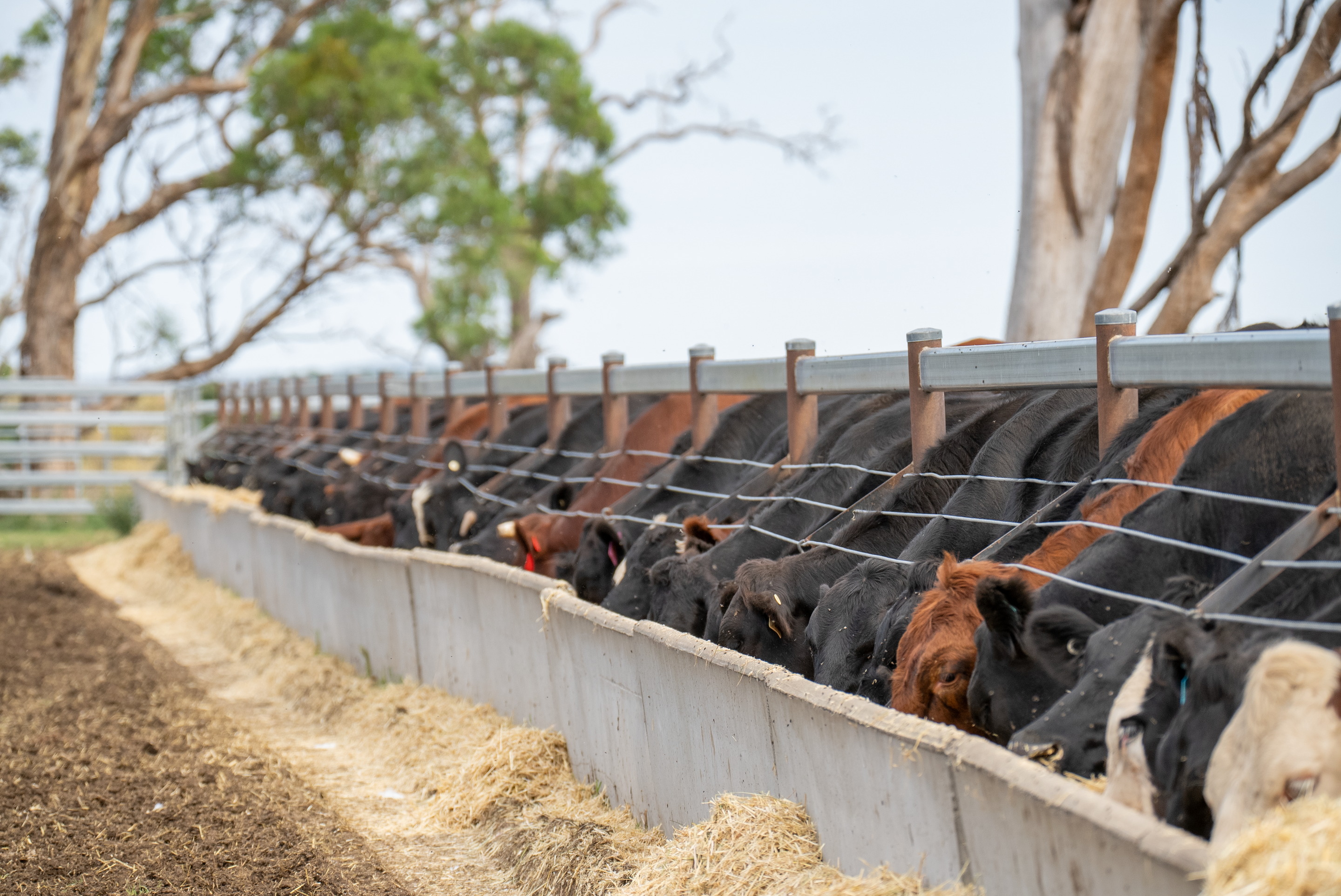
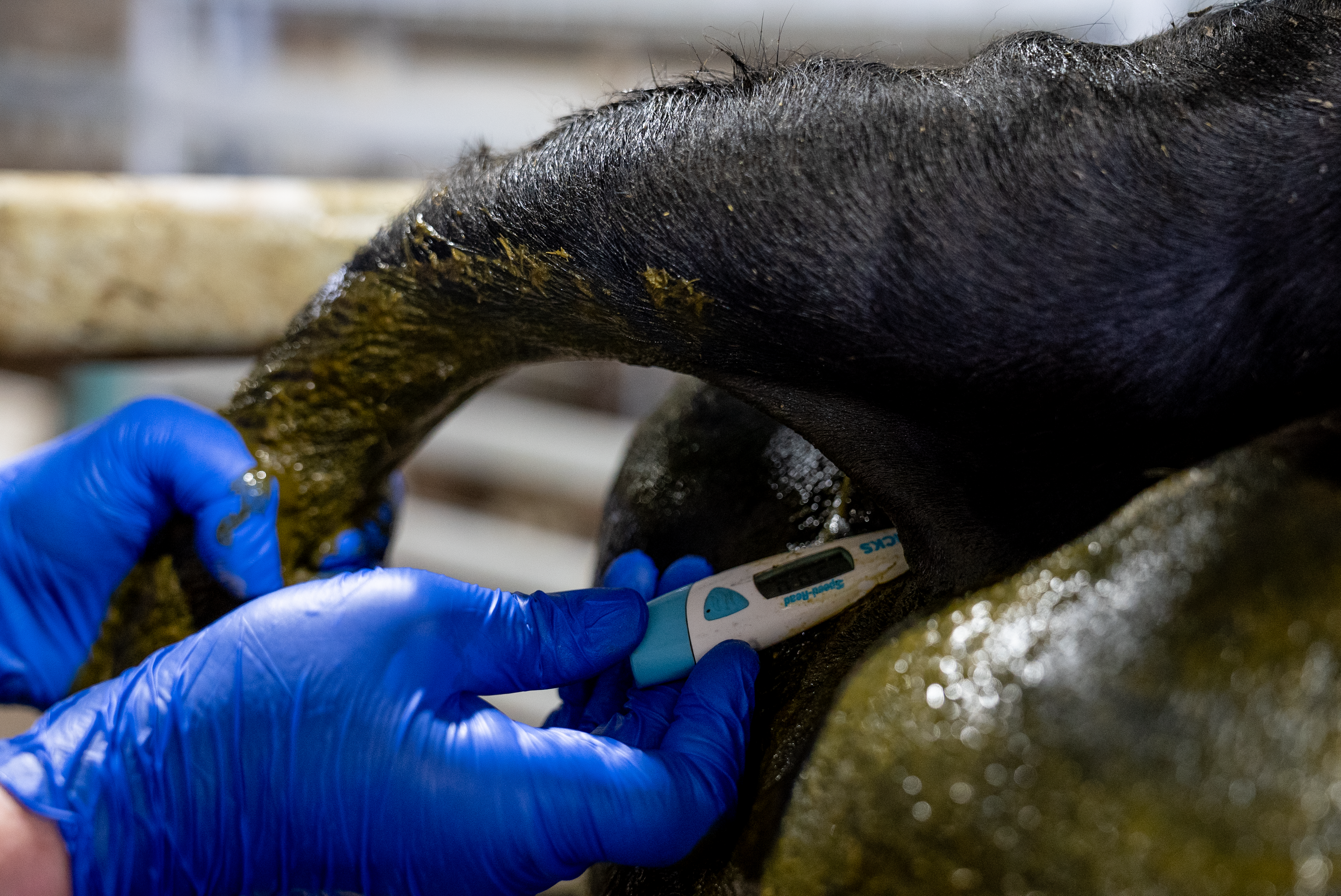
- Implement strict quarantine protocols - for at least three weeks, isolate the new bull from your existing herd whilst conducting health observations, completing any required treatments, and allowing stress levels from transport and sale to normalise.
- Design a nutrition programme - transition him gradually from sale preparation diets (often high-grain) to your farm's feeding system. Avoid dramatic changes that could cause acidosis or excessive weight loss during adjustment.
- Monitor body condition closely - aim to maintain a moderate condition score of 3-3.5 instead of the over-fat condition often seen at sales. Excessive weight reduces libido, impairs mobility, and shortens working life.
- Introduce the bull to your herd gradually - initially, run him with a small group of dry cows or steers to establish social hierarchy without breeding pressure. After that, observe his behaviour and mounting ability before the main joining period.
Purchase bulls at least 6-8 weeks before they're needed for breeding, allowing adequate time for acclimatisation, health testing, and recovery from any transport stress or minor injuries sustained during sales or delivery.
10. Final Thoughts on Your Next Bull Purchase
Systematic preparation and thorough due diligence transform bull buying from a risky gamble into a calculated investment that advances your herd's genetic potential and long-term profitability. This comprehensive checklist approach ensures you evaluate every critical factor, from breeding objectives and genetic data through to environmental suitability and vendor reputation. Expensive mistakes are then sure to be reduced and you’ll be able to maximise the value from every dollar invested in genetics.
The right bull becomes a powerful catalyst for achieving your business goals, whether that's improving calving ease, accelerating growth rates, enhancing carcass quality, or building a more efficient and profitable cow herd. Remember that shortcuts in the selection process often result in long-term costs through reduced performance, management difficulties, or premature culling that far exceed any initial savings.
As you search for your next stud for sale, whether through traditional channels or modern platforms like Farmbuy, use this checklist as your guide to navigate the complexities of modern bull selection with confidence and clarity.
Frequently Asked Questions
What is the difference between raw performance data and EBVs?
Raw performance data simply shows how an animal performed in its specific environment, while EBVs adjust for environmental factors like feeding, management, and age of dam to reveal true genetic merit. EBVs provide reliable predictions of what genes a bull will pass to his offspring, making them far more valuable for selection decisions than raw weights or measurements alone.
How early should I buy a bull before I need him for joining?
Purchase bulls at least 6-8 weeks before the planned joining date to allow adequate time for acclimatisation, quarantine procedures, nutritional adjustment, and social integration with your herd. This buffer period ensures bulls are settled, healthy, and working at peak performance when breeding season begins.
What are the most obvious signs of a structurally unsound bull?
Key red flags include swollen or misshapen joints, walking with obvious lameness or stiffness, extremely straight or sickle-hocked rear legs, overgrown or cracked hooves, a narrow chest indicating poor lung capacity, and severe sway back or hip problems that affect normal movement and mounting ability.
Is a more expensive bull always a better investment?
Price alone doesn't determine value. The best investment is a bull whose genetic profile precisely matches your breeding objectives and production environment. A moderately-priced bull perfectly suited to your needs will deliver better returns than an expensive animal whose strengths don't address your herd's requirements.
How can I find a reputable stud farm in my area?
Start by contacting breed societies for member directories and performance-recording participants. Consult local livestock agents for recommendations, seek referrals from successful commercial producers in similar environments, and check online platforms for vendor ratings and verification. Visiting local agricultural shows also provides opportunities to meet breeders and see their stock firsthand.
What are Genomic Breeding Values or GEBVs?
GEBVs combine traditional performance recording with DNA marker information to increase the accuracy of genetic predictions, particularly valuable for young animals without progeny records. This technology allows for a more confident selection of yearling bulls by providing accuracy levels previously only available in proven sires with numerous offspring.
What does a Veterinary Breeding Soundness Evaluation (VBBSE) cover?
A comprehensive VBBSE includes physical examination of the reproductive tract, accurate scrotal circumference measurement, semen collection and assessment for motility and morphology, evaluation of libido and serving capacity where possible, and overall health assessment to identify any conditions affecting breeding performance.
How much can I trust a bull's temperament on a busy sale day?
Sale day behaviour provides limited insight due to stress, unfamiliar surroundings, and excessive handling that can mask true temperament. Always ask vendors specific questions about daily handling experiences, request temperament scores or docility EBVs where available, and ideally observe bulls in their home environment before purchase.
What are the three most important economic traits for a commercial herd?
While priorities vary by production system, fertility consistently ranks first as it drives calving percentages and herd efficiency. This is followed by growth rate, which determines sale weights and age at turnoff, and calving ease, which affects both calf survival and subsequent rebreeding performance of cows.
What is the best way to introduce a new bull to my existing herd?
Begin with strict quarantine for disease observation and testing, then introduce the bull visually across a strong fence to establish initial social contact without physical confrontation. Progress to running him with dry cows or steers before finally integrating with breeding females, monitoring closely for excessive aggression or mounting problems during the adjustment period.

